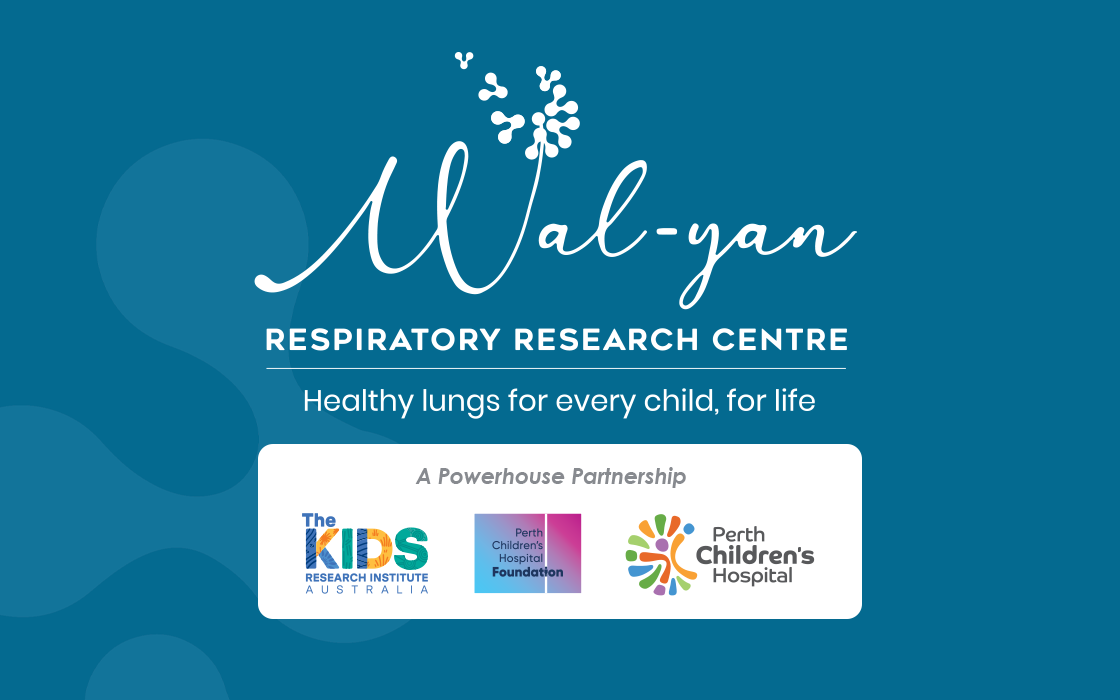Search

News & Events
Youth mental health researchers present at ABC science talkYouth mental health researchers present at ABC science talk

News & Events
Thought-provoking lecture from WA’s 2021 Australian of the YearA major gap in tackling the mental health crisis in WA is the inability to effectively treat children and adolescents with a history of trauma within the current system.

Whether you're looking to join our Community Groups, or participate in upcoming research projects, this is the place for you.

We want to ensure parents and carers have textbook tips for how to help their children deal with the pressures associated with studying for stressful assessments and for dealing with the results, whatever they may be.
Thank you for confirming your subscription to the Discovery Centre + Schools mailing list. Look out for information on our schools program, ideas, lesson plans and more in your inbox soon!

Hands-on science lesson plans for teachers related to the topic 'Let's Get Active!'.

News & Events
Nine-year-old Beau cuts his curls to fight cancerMeet Beau Jones. Beau is nine-years-old and lives in Eaton where he likes playing basketball and hanging out with his brothers. He’s also passionate about standing up to cancer!

News & Events
Some heroes wear capes. Some heroes wear lab coats. And some heroes wear school uniforms, just like you!Ten-year-old Isabelle decided to make and sell loom band bracelets to raise money for The Kids Research Institute Australia.

Get some key information about some of the most popular questions that people are asking about the Discovery Centre.

The Wal-yan Centre’s Annual Reports highlight the achievements of our researchers, which bring us closer to our vision to ensure that all children have healthy lungs for life.
